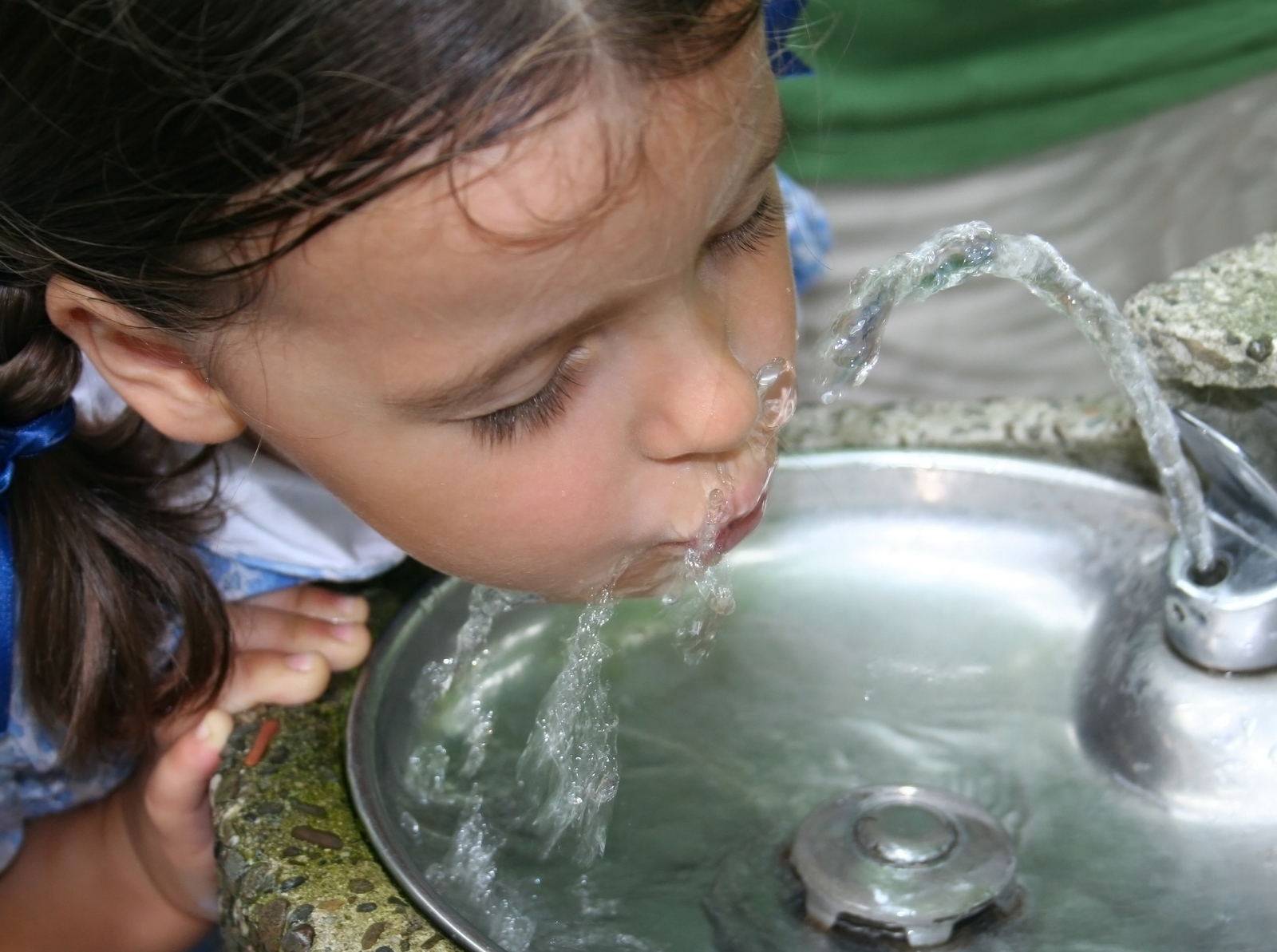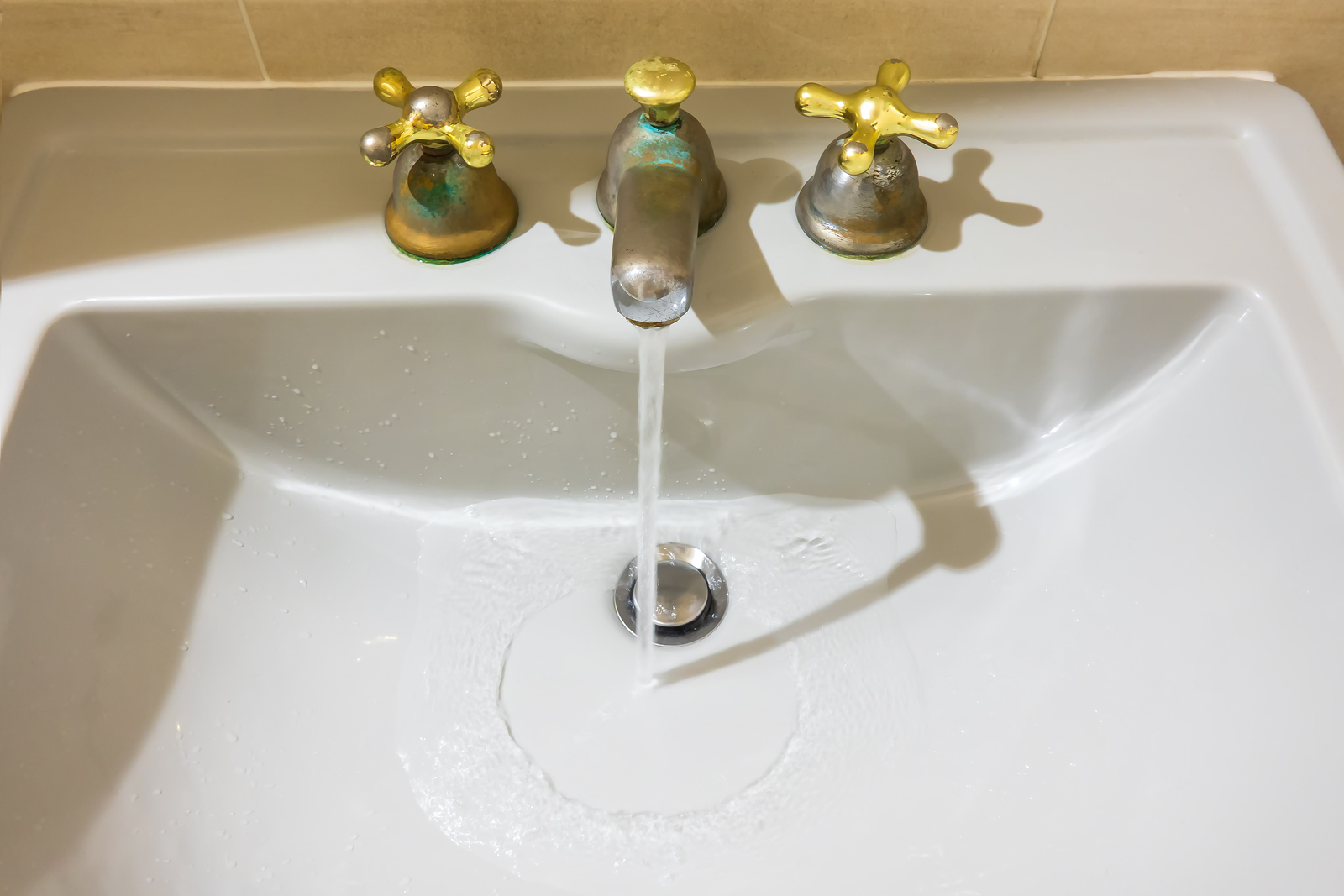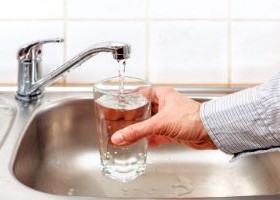| 1 | 2 | |
|---|---|---|
Program Contact |
||
| John Sobolewski RS Deputy Director 216.201.2000 ext 1515 jsobolewski@ccbh.net |
||

Measures taken during the last two decades have greatly reduced exposures to lead in tap water. These measures include actions taken under the requirements of the 1986 and 1996 amendments to the Safe Drinking Water Act and the U.S. Environmental Protection Agency’s (EPA’s) Lead and Copper Rule.
Even so, lead still can be found in some metal water taps, interior water pipes, or pipes connecting a house to the main water pipe in the street. Lead found in tap water usually comes from the corrosion of older fixtures or from the solder that connects pipes. When water sits in leaded pipes for several hours, lead can leach into the water supply.
The public drinking water supplies serving Cuyahoga County are recognized as safe and the water quality is routinely checked per regulation. The source water, whether it is Lake Erie, Rocky River, or a well is free of lead.
Please see the 2014 Water Quality report from the City of Cleveland Division of Water for more information about sampling and testing.

Situations may occur where the private distribution system may contribute lead to the water if inactive for extended periods of time. This may be a concern in large distribution systems such as schools, and especially if the water pipes and fixtures were installed prior to 1986.
It is recommended that these systems institute a flushing protocol after a weekend of non-use. This protocol is included on page 56 of the EPA’s 3T’s for Reducing Lead in Drinking Water in Schools publication.
The Ohio Facilities Construction Commission has initiated a Lead Plumbing Fixture Replacement Assistance Grant Program for schools. This program was established in House Bill 390 and provides $12,000,000 in funding to eligible schools to reimburse for the sampling and replacement of drinking fountains, water coolers, plumbing fixtures, and limited connected piping.
Schools built before 1990 can apply for reimbursement up to $15,000 for sampling of eligible fixtures and the material costs to replace those fixtures if they are identified as being over the federal action level for lead. The program is open to traditional public schools, community schools, and chartered non-public schools.
Concerns regarding the public drinking water supply should be directed to the entity that provides water for your facility.
For those interested in conducting private testing, please review the list of Ohio EPA certified laboratories.
Related Links
2014 Water Quality Report – City of Cleveland Water Department
3Ts for Reducing Lead in Drinking Water in Schools
Centers for Disease Control and Prevention – Lead in Water
City of Cleveland Water Department
Lead Plumbing Fixture Replacement Assistance Grant Program For Schools
Ohio EPA Certified Laboratories
US Environmental Protection Agency – Drinking Water Requirements for States and Public Water Systems




